act i:
calm after
the storm
a glimpse into the past
a touch of despair
the burden of dystopia
a party that nobody asked for
all present in the very moment
all of us
bound to each other
when there is no place to fly
the future
the endless repetition
the waves
ĽK
a touch of despair
the burden of dystopia
a party that nobody asked for
all present in the very moment
all of us
bound to each other
when there is no place to fly
the future
the endless repetition
the waves
ĽK
8 June 2018
Undeadarena.com
Bratislava, Slovakia
Undeadarena.com
Bratislava, Slovakia
Ľuboš Kotlár’s nowlessness project (from 2017) offers several ways of reading, although there is no way that is correct or otherwise privileged. These ways are not strictly separate from one another, bu they are linked by lesser field-paths on which our thinking can turn aside and change direction, or take a more arduous or a less demanding course. Disburdened entirely of the terminological terrain with its obstacles, nowlessness is in the first instance a specific situation that is naturally played out in time; it is mutable and temporary, has its beginning and end, but also an indefinite continuation. nowlessness has no firmly defined “programme” or strictly set goal – each of its new material realisations respects the contemporary change and development of social or natural reality, an on this bases updates its form in a new time and space. It does not try to create an exhibition that would last a few weeks, linear-style, until another replaced it; rather, by its form as an event it draws primarily from a ritual experience in which social hierarchy is lost, the norms of everyday life dissolve, and from a structured community an interconnected whole is created. The difference between viewer, exhibitor and curator becomes almost unrecognisable. nowlessness does not reproduce a conceptual grouping of artistic objects. It produces an associative spatial play without a strict narrative line: the works are designed for contemplation, in the context of which our bodies are equal partners of the mind – looking and asking have an equal weight. The space itself is not a neutral player in the background, but an accomplice supporting the “speaking voices” of the individual works.
Time here is not merely a physical magnitude, and Kotlár fills it with symbolic potential – he makes reference to the contemporary dissolution of its linear flow from past, through present, to future. The general ignorance of the ecological crisis on the part of political representatives has radically “blurred” the view of the future, in which humanity will not necessarily continue to write its new story. Technological dominance and the irrevocable collapse of ecosystems compel us to adopt a perspective in which only the present remains, without relation to a future. To comprehend this new “unanchored” temporality, Kotlár uses the metaphor of queer time. What is involved here is a response to the normative life of the individual in the capitalist system, which is characterised by a linear flow of time (birth, marriage, reproduction, death). This social norm preserves not only the continuity of the family unit but also the accumulation of (financial or cultural) capital. We can see it being implemented explicitly in our local politics. The non-reproductive life of the queer individual represents a political problem, and for that reason also they are so intensively demonised by politicians proclaiming the christian anchoring of values. For the queer community the preservation of reproductive continuity is impossible, and thereby it creates a temporality in which the future loses significance – that is to say, it is defined by temporariness. And that is precisely what Ľuboš Kotlár’s concept of nowlessness is referring to, which may be a key to comprehension of a present deprived of relation to a future.
Erik Vilím
Erik Vilím



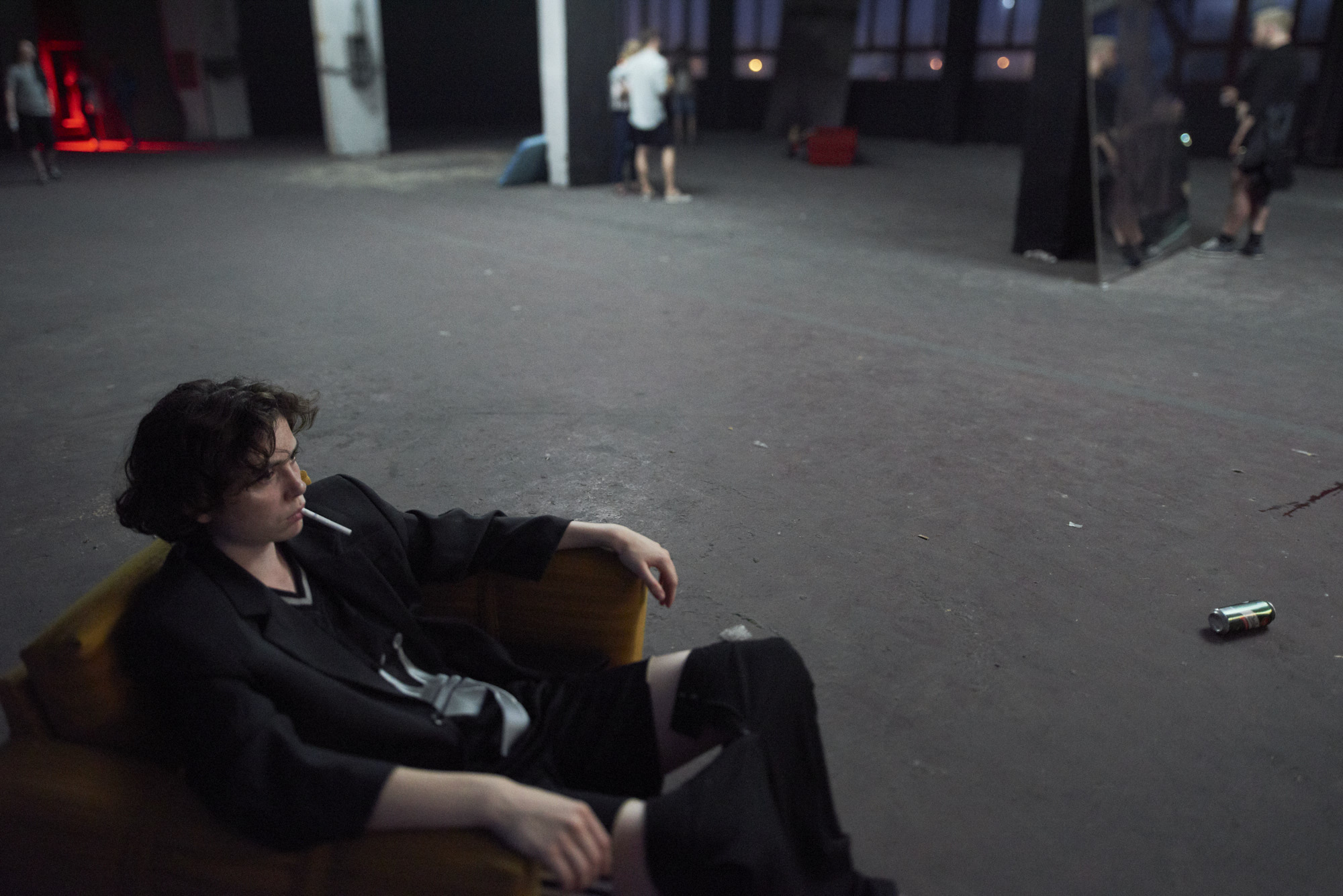
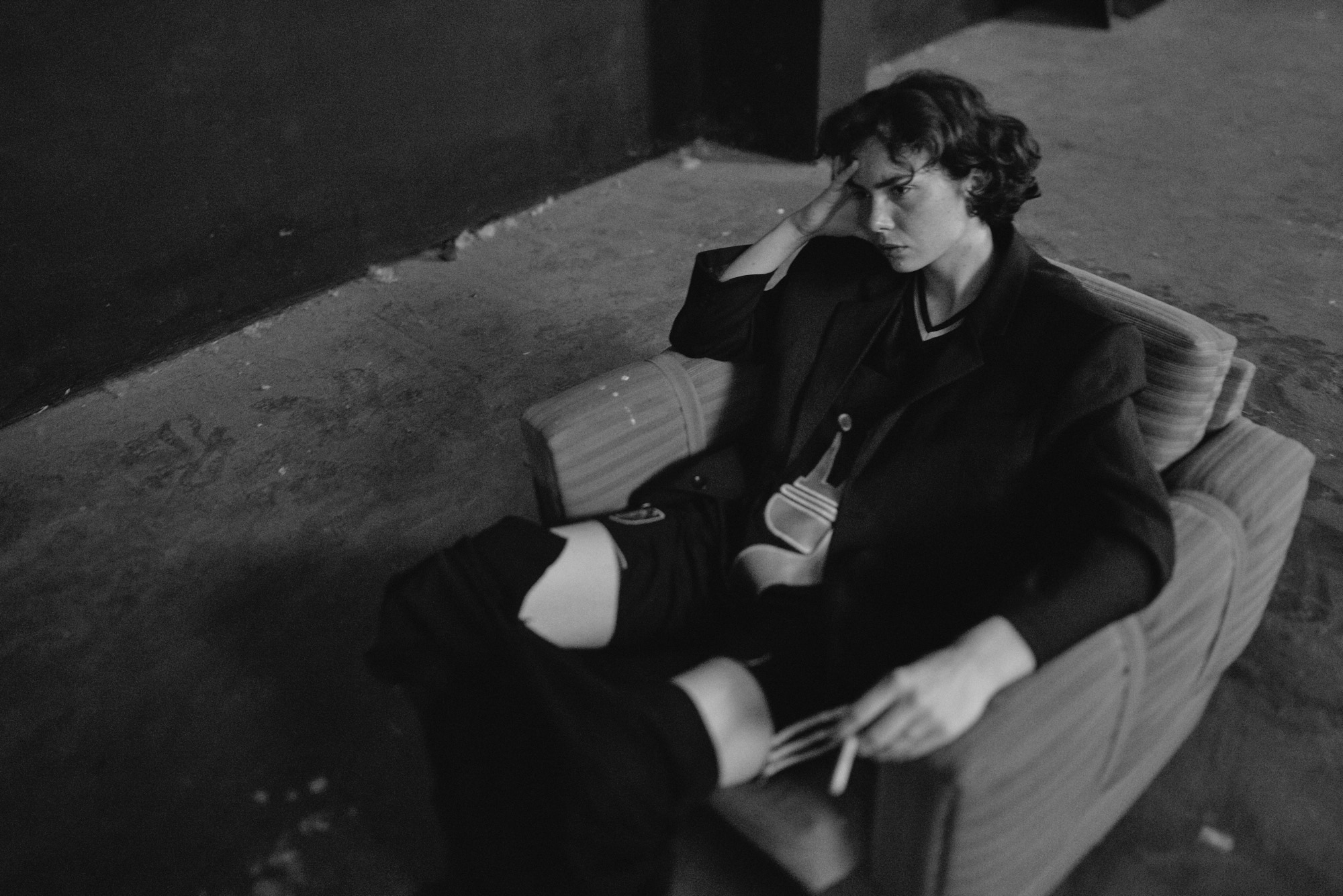


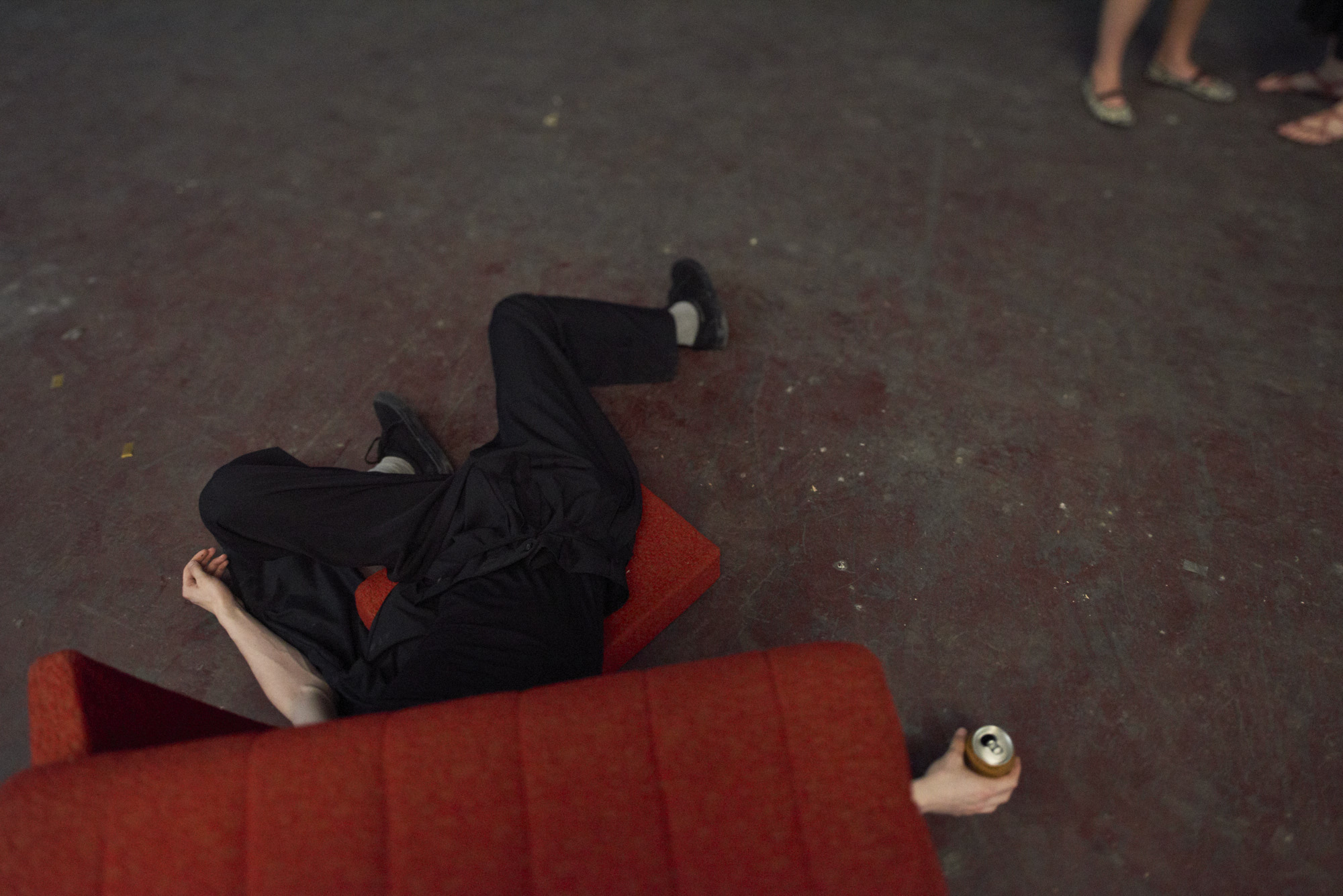






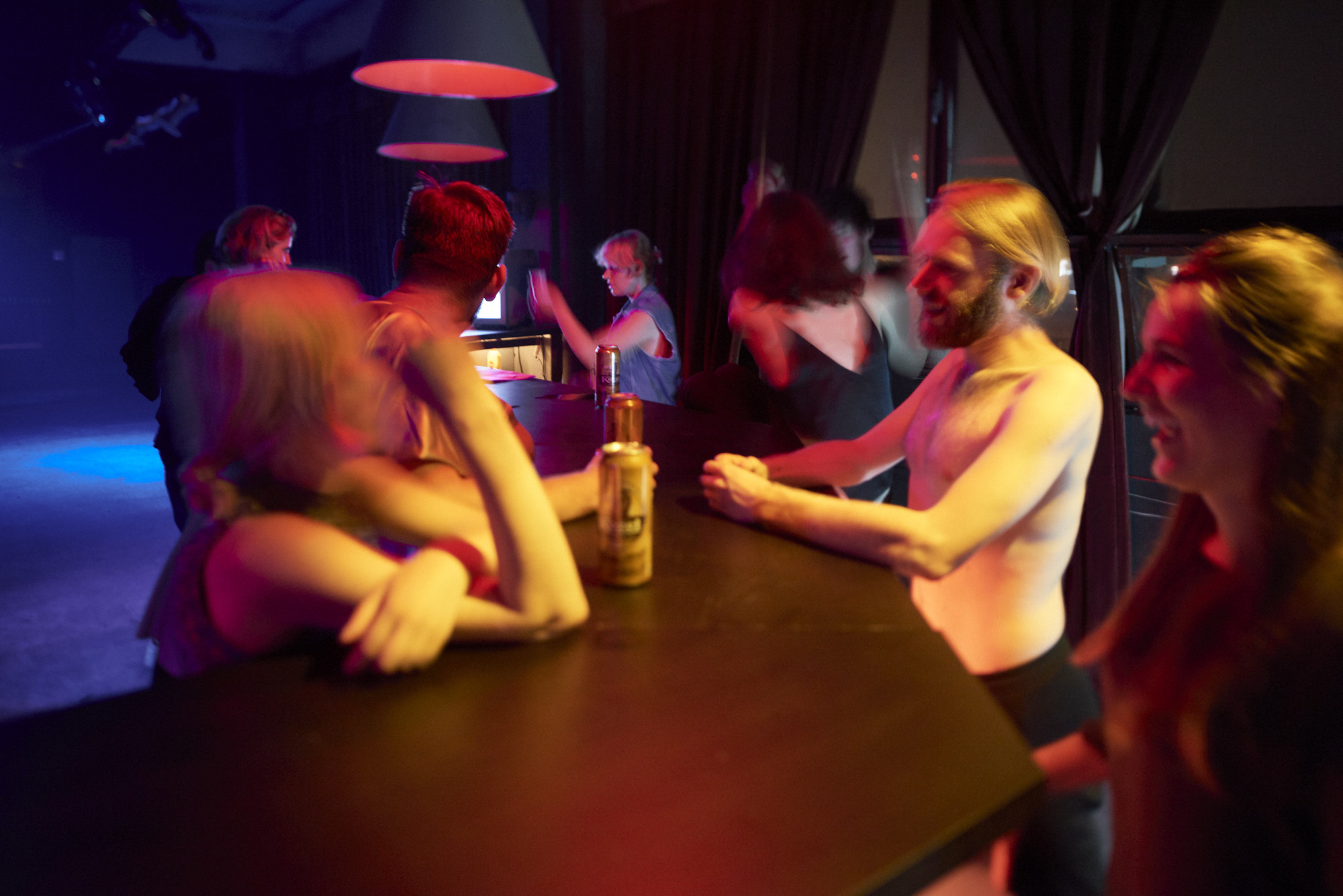
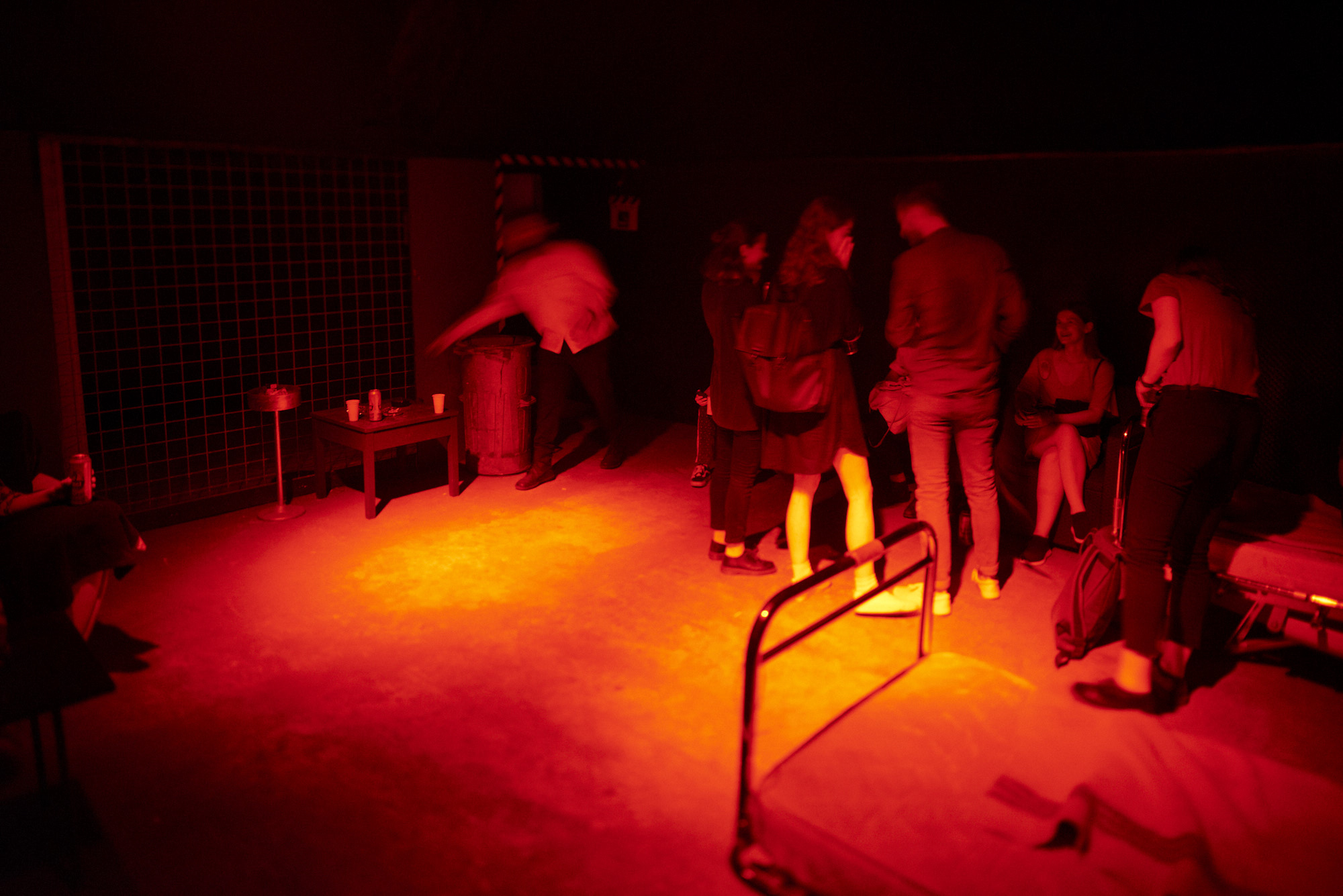
curator:
Beata Jablonská
artwork & creative direction:
Ľuboš Kotlár
performance:
in cooperation with Tomáš Procházka
styling:
in cooperation with Terézia Feňovčíková
set design:
in cooperation Mya Javorková
sound:
wyme
photo documentation:
Matej Hakár
performers:
Dušan Prekop, Dominika Šikulajová, Albert Póda, Šima Müller, Klára Abrahamfyová, Tomáš Procházka
Beata Jablonská
artwork & creative direction:
Ľuboš Kotlár
performance:
in cooperation with Tomáš Procházka
styling:
in cooperation with Terézia Feňovčíková
set design:
in cooperation Mya Javorková
sound:
wyme
photo documentation:
Matej Hakár
performers:
Dušan Prekop, Dominika Šikulajová, Albert Póda, Šima Müller, Klára Abrahamfyová, Tomáš Procházka